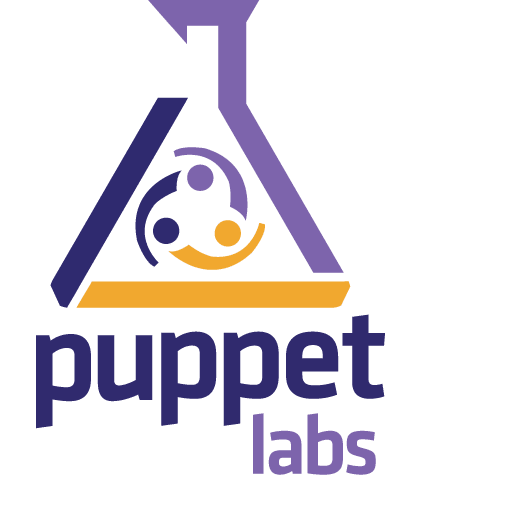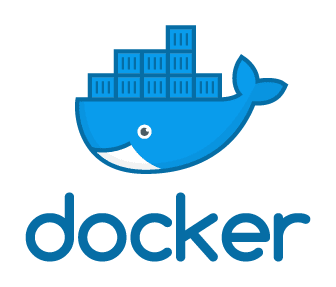Tag: Server Administration
How to Install and Configure Chef on Ubuntu 18.04
Introduction
In this article, we will be reviewing the Chef software, how it works, and why it is useful. We will also explore how it is helpful in DevOps. And then, we will install Chef on Ubuntu 18.04.
What is Configuration Management?

Configuration management is the process by which a company or organization defines and tracks the state of its infrastructural resources. Encapsulated in those resources are both physical hardware and software. It is a means to ensure that when changes are made to a system, those changes are tracked, geared toward the ultimate predefined criteria of what state should be.
What is Puppet and What Role Does it Play in DevOps?
What is Puppet?

Puppet is a cross-platform client-server based application used for configuration management. It handles the software and its configurations on multiple servers. There are two versions available. One is open-source, the other is a commercial version. It works on both Linux and Windows platforms. It uses a declarative approach to automate updates, installations, and other tasks. This feature allows the software to configure those systems using files called manifests. A manifest contains the instructions for a group or type of server(s) being controlled.
What is Systemctl? An In-Depth Overview

What is Systemctl?
The systemctl command is a utility which is responsible for examining and controlling the systemd system and service manager. It is a collection of system management libraries, utilities and daemons which function as a successor to the System V init daemon. The new systemctl commands have proven quite useful in managing a servers services. It provides detailed information about specific systemd services, and others that have server-wide utilization.
Using Ansible in DevOps: A Beginners Guide
Introduction
Ansible is a system of configuration management written in Python programming language which uses a declarative markup language to describe configurations. It’s used for automation of configuration and OS setup. Ansible is often used to manage Linux-nodes, but Windows is also supported. It supports work with devices with Python v2.4 and higher installed through SSH connection. In this article, we are going to review the DevOps tool called Ansible.
How Has Containerization Changed the World?

The arrival of containerized software has drastically changed the landscape of web hosting, and web application provides. The simplification and speed that comes with containers make deploying services like websites so efficient that the traditional model of dedicated servers running specific web-based software is almost obsolete. This being said, there will always be a place for virtual server projects and dedicated servers handling specific tasks like HIPAA compliant hosting services.
An Overview of Your Manage Interface
Server Overview
The Server Overview in manage is the launch pad for the rest of the Manage functionality. Each active server is listed in the overview, and grouped according to the type of server it is.
How to Reboot a Server in Manage
Rebooting a VPS server in Manage has been made incredibly easy, and only takes a few clicks. Furthermore, multiple servers can be rebooted simultaneously!
Docker For Beginners
What is Docker?

Docker is a containerization software that is used for automating the deployment and management of applications within an isolated environment. This software allows us to "pack" and ship an application, along with all of its needed files, libraries, and dependencies, into a "docker container". That container can then be easily ported to any Linux system that contain cgroups support within the kernel, and provides a container management environment. Docker is one of several containerization implementations (not to be confused with virtualization) based on this cgroups mechanisms built into the Linux kernel.
How to Install Docker on CentOS 8
What is Docker?
Before we begin, let's describe what Docker is. Docker is a set of virtualization tools that allows us to create, test, and deploy containerized applications quickly and easily on a dedicated server. It has become very popular and used almost everywhere in our daily lives. Thanks to containerization, we can quickly launch applications on different private cloud host platforms utilizing small bundles which contain all the needed packages, libraries and configuration file to run an application. These docker packages communicate via established network channels.
Our Sales and Support teams are available 24 hours by phone or e-mail to assist.

